The October moon had risen high enough to yield the dapple of breeze swayed luminescence over our camp under the tall cottonwoods on the banks of the Salmon River. Caryl and I were spiked out for a few days at the very lowest elevation of the Hat Creek ranges, where we summer cattle. Just a month ago, 400 head of Alderspring beeves were trailed by our summer-seasoned range rider trainees through this very spot on their way back to their wintering grounds at headquarters, about 8 miles up the broad Pahsimeroi Valley.
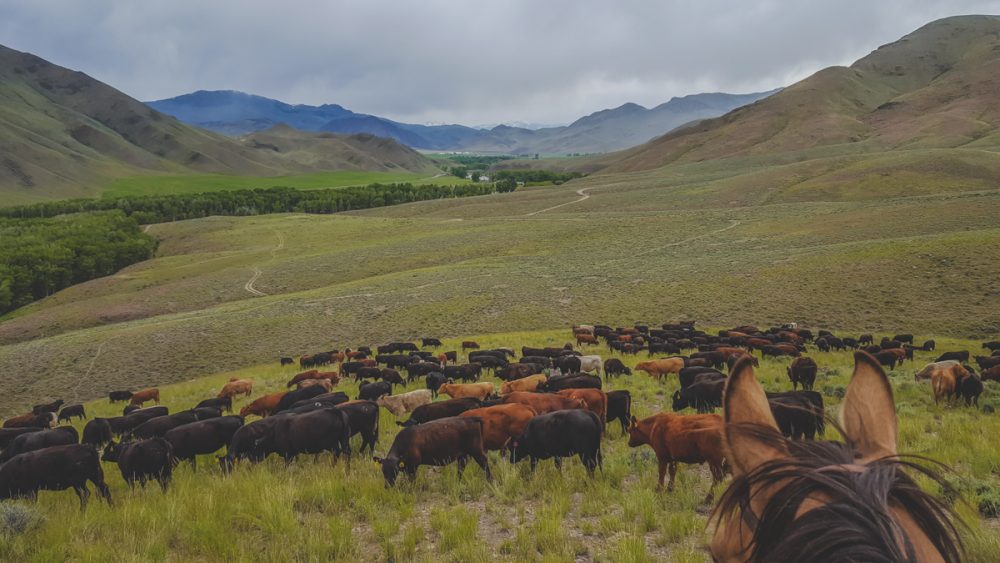
I put down the book I read by lantern light and turned to my wife, immersed in her own volume.
“I’m going to head down to the river for a swim. The moon’s bright enough so that I can see something.” She smiled at me with a “that’s nice for you look” and resubmerged happily into her own river of words. She never was a cold-water swimmer. I convinced her to dive into the cold and icy waters of snowmelt in the same river several times when early in our marriage, but, well, our love had matured after 35 years into something a little more governed by reason: “I really love you but that doesn’t mean I have to freeze to death with you.”
I personally enjoyed the bracing and cleansing cold of the healing waters. We had no way to wash in camp except by washcloth and warmed basin of water (Caryl’s preferred method), but I chose the river for a nightly swim, despite air temps dropping to freezing on most October nights.
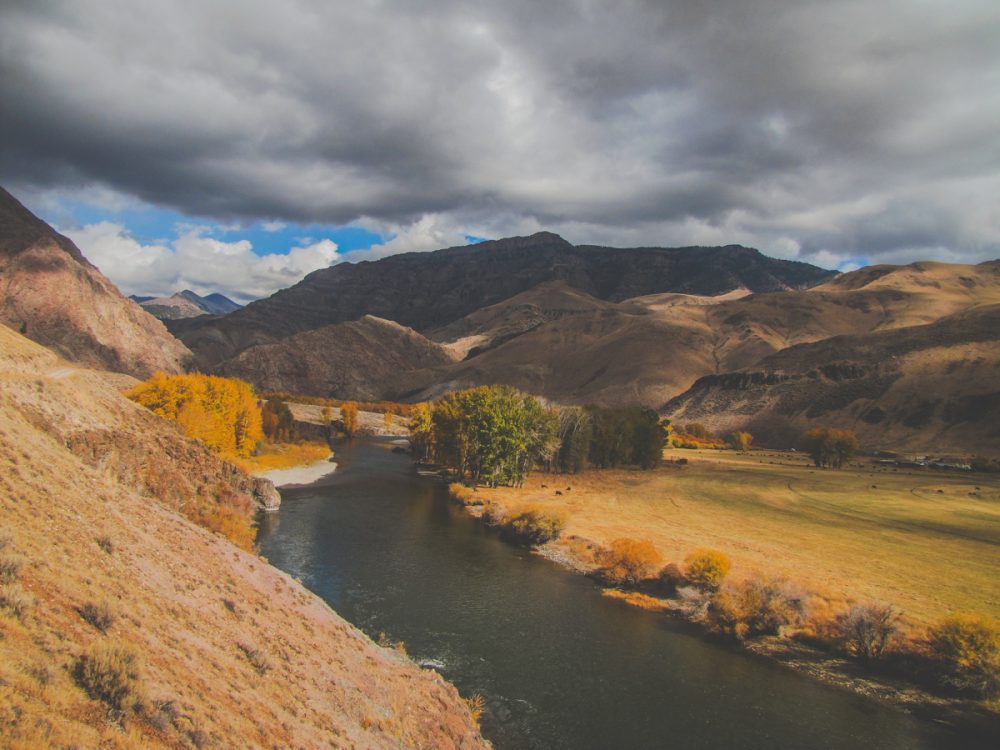
In the silvery moonlight, I picked out the faint narrow deer trail winding its way from camp down to the riverbank through the thick understory of red-osier dogwood and false Solomon’s seal. There was enough light that even in the shadows, I could walk barefoot over downed trees on the path carpeted by freshly fallen golden cottonwood leaves. Even as I stepped soundlessly through the forest, a slow rain of leaves fluttered downward in the evening breeze. Most of the foliage was still intact on the trees and shimmered in the pale light. But they would all be gone soon. Fall was ushering out summer, and the highest peaks were already white, draped with the onset of winter snow.
A mule deer picked its way to the river on another trail a little way from me. Though invisible in the dappled light, I could hear its purposeful footfalls on the forest floor and the occasional sweep of a twig. My wider trail gave me an unusual advantage of quiet and we traveled together toward the river until he scented me and bound away.
As I approached the cobbly riverbank, the sound of small rapids greeted me. When I emerged from the woods and into the open moonlight, I immediately startled another one of the river’s inhabitants; I had been spotted. A shotgun splash rang out from the other side of the river, making me almost slip on the rough rocks.
It was a beaver, signaling that all was not well on this quiet night along the river, with a splashing slap of his broad tail on water. They live here, as well as up on the range. I smiled to myself in the silvery light. Although he considered me an intruder, I considered him a sign that all was indeed well, the presence of beaver an affirmation of a functional riverine ecosystem.
Big river beavers have an entirely different existence than the mountain stream dwellers. Although a given beaver can live in both realms comfortably, they are much like city dwelling humans versus country ones.
River dwellers take advantage of existing housing. The exposed banks carved by high spring water of snow melt bearing rivers like the Salmon River offer ready overhanging or vertical soil profiles that are easily excavated into burrows. Think apartment buildings. In addition, fast food and fine dining opportunities are everywhere along rivers: the rapidly growing vegetation complexes in the form of river side cottonwood and aspen forests provide a sweet inner bark that makes for fine beaver food. Security and urban transportation are readily available as well, manifesting in the deep and swift river waters that keep adult beavers and their kits safe from mountain lions, wolves, and bears (all of which are common in the mountains for a “country beaver”).
In contrast, mountain “country” beavers must create all those elements, as country humans had to create shelter, food, and safety. The toothy rodents make dams for ponds (underwater security and food storage) and cultivate young trees through their flooding exploits, as though farming. They build stout lodges out of wood, like human mountain men’s log cabins.
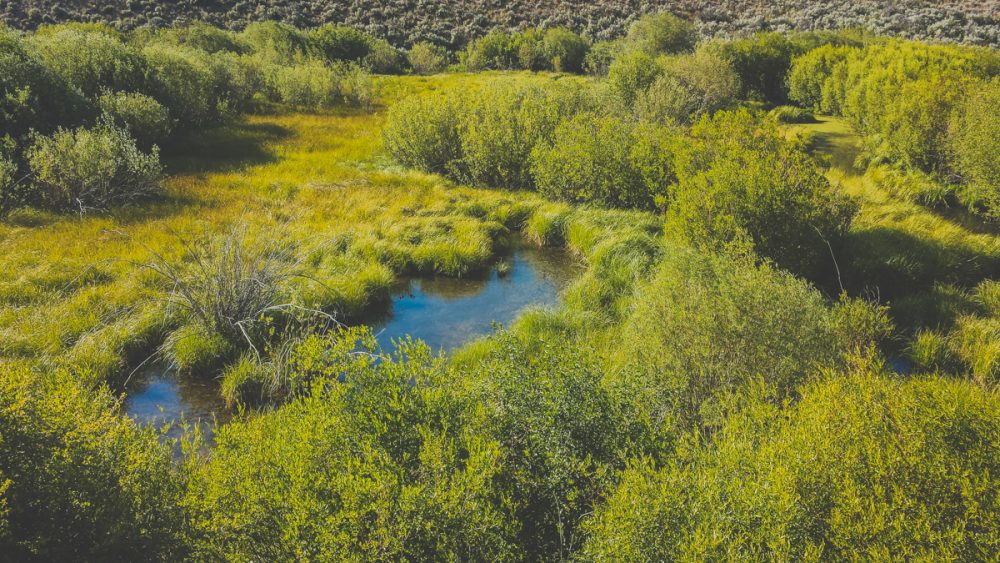
I get so much pleasure out of seeing ecosystem parts in a high level of functionality, especially on our ranges where we graze our beeves. It is a confirmation that we are doing our job well, and although I’m sure we could do it better, I rest in the knowledge that if these ecological components are working, everything else is falling into place, from small things like songbird habitat to larger things such as carbon and water capture that effect climate.
As I made my way into the chill waters, something caught my eye; the high moon illuminated two tiny glowing bluish orbs–a near perfect pair of them–on a flat rock at the water’s edge. I knelt closer and immediately recognized what they were.
Not a “them.” It was an “it”; a bivalve, or mussel, opened at the hinge by a crafty racoon or more likely, an otter, who had been relishing a little mussel on the half shell. The orb-shaped glow was the reflection of the iridescent mother-of-pearl sheen on the inside of the shell, made in the very same way that pearl shell ornamentation decorates guitar necks.
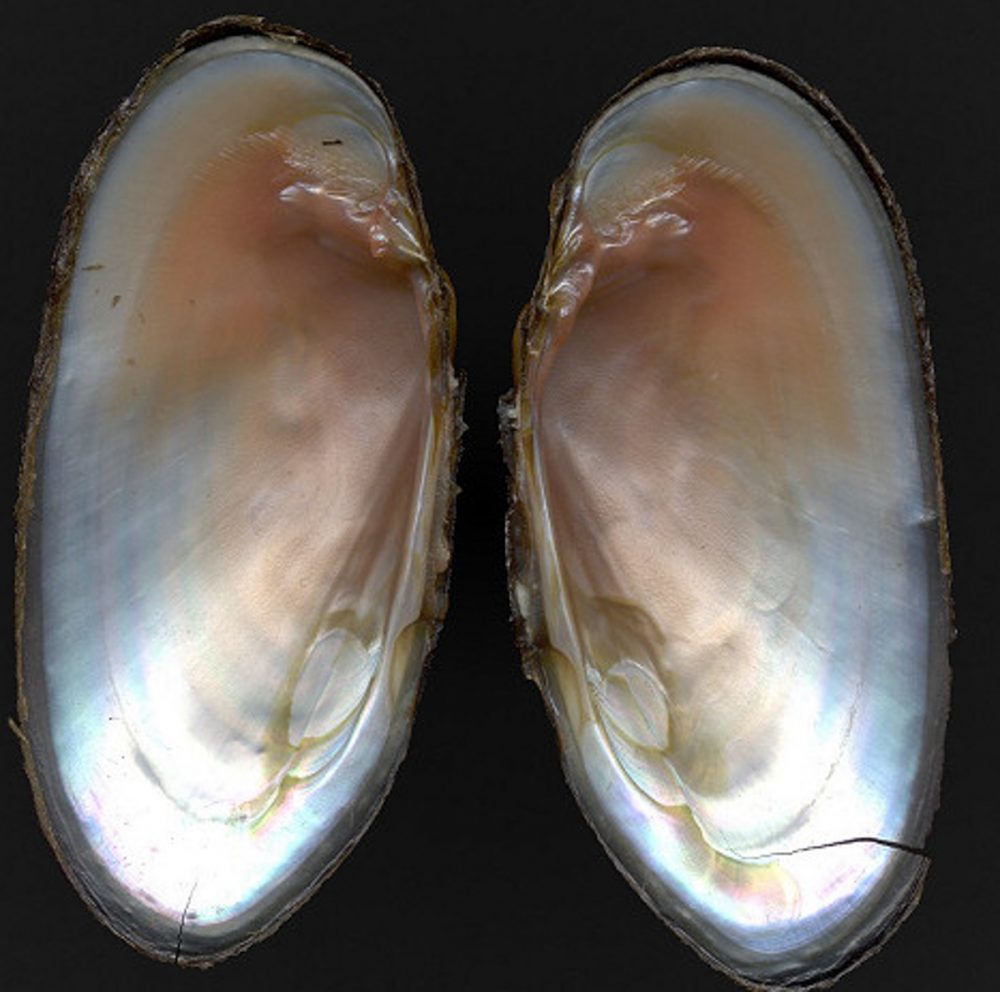
And that was the telltale identification of this particular creature: it was the western pearlshell mussel, known only in Pacific Northwest waters. The next day I looked at them in the daylight–hundreds to thousands of them nestled in the riverbed cobble. What I didn’t know then was that these mussels, who had spent their entire lives in this square meter of river bottom, had seen the rise of industrial America and its effect on rivers.
Why? It is because pearlshell mussels happen to be the Methuselahs of the animal kingdom. Many of the bivalves live to be more than 100 years old. Which meant that it was possible that those mussels that I saw in the shallow waters of the Salmon River had been there when settlers first came to this area.
Who could imagine such a thing?
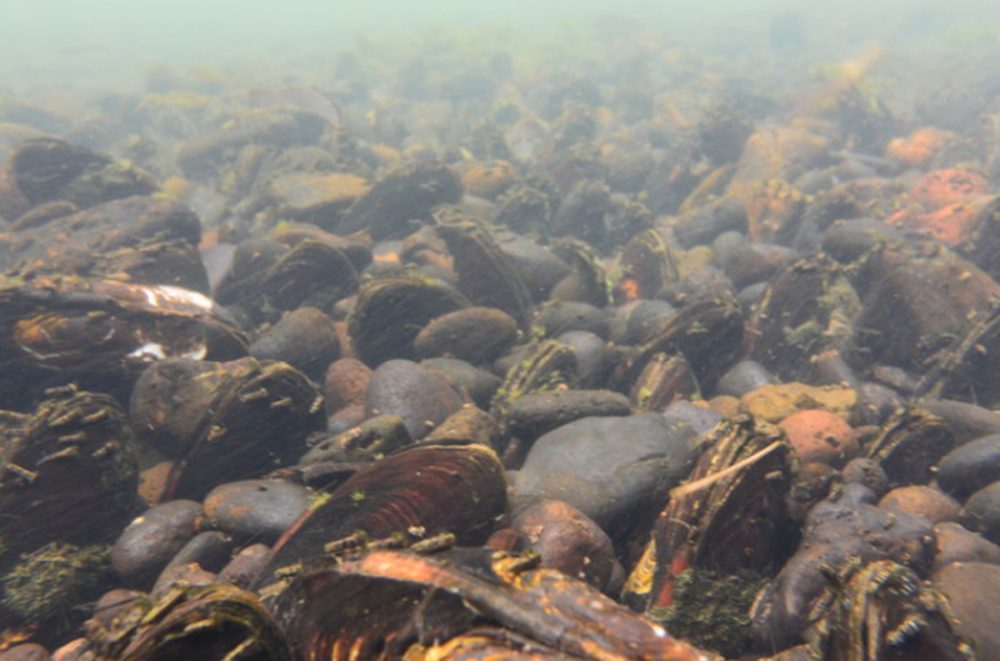
But I also learned this: “freshwater mussels are the most imperiled fauna in North America, having suffered steep declines in diversity, abundance, and distribution within the last 200 years”, according to the State of New Hampshire Fish and Game. Many factors including pollution, dams and changing water levels are thought to affect the pearlshell, but sedimentation appears to be one of the largest causes of mortality. In the Salmon River Canyon (downstream from our camp by about 100 miles), a 1982 study showed that burial by sands, silts and gravels caused rapid death of the shellfish when the depth was such that they could not climb out of the deposited substrate. The causes for mortality are likely twofold: suffocation as their gills cannot access oxygenated water, and lack of ability to source food.
And here is where it really strikes close to home. If we don’t manage our beeves to stay out of creek side and river habitats, they will create muddy waters. It is really simple; take one of our 700-pound yearling animals, for instance. A quick math equation shows that they will place between 25 and 50 pounds per square inch on the soil with every step. On a soft stream bank, they will cause it to cave in. When they remove stabilizing vegetation year after year on unmanaged ranges, their effects are multiplied dramatically during high water events that can rapidly cause downstream flow of sediment.
Unmanaged cattle cause damage to river and stream banks. Always. I have seen time and time again where cattle make mud. It is one of the main reasons we practice inherding on our ranges; in one year, we went from 55 miles of stream bank affected by our beeves (mostly lightly, but some areas more heavily) to less than 300 yards of stream bank out of that 55 miles with any bovine effects (limited to carefully selected stream crossings). Sediment and water quality is also why we have fenced every inch of riverbank on our headquarters ranch and never graze it.
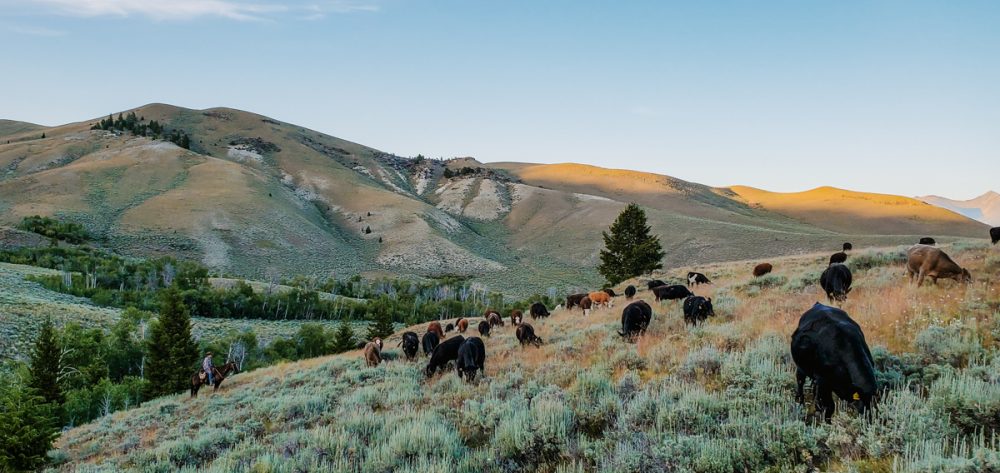
But then, it even gets more complicated. There is another issue with the pearlshells. Their larval progeny needs another species that frequents their Salmon River habitats to grow into adult mussels.
They are their salmonid partners; trout, salmon, and steelhead (sea-going rainbow trout). It turns out that the larval stage of the mussel, called glochidia, parasitizes these fish by attaching themselves to the gills and hitchhiking there for several weeks until mature enough to drop off, leaving the fish unharmed. The hitched ride allows mussels to colonize entire river systems, with the young larvae landing in the gravels in new place in the river system. There, they live and grow for several more years until finally, they emerge, shelled, a tiny mussel bivalve like their parents, who live somewhere else, most often in the Columbia River watershed.
The fish partners too have experienced huge declines, particularly since the placement of 5 dams on the Columbia River that proved an impediment to migration to and from the Pacific Ocean. And without these fish, the next generation of mussels is doomed.
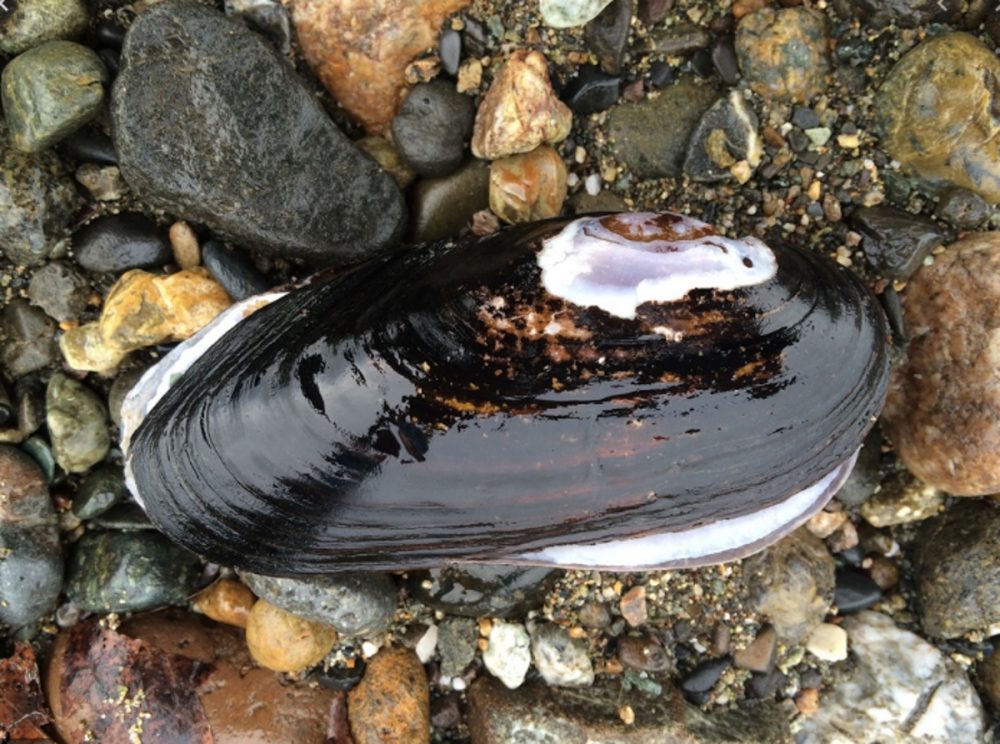
It is all amazingly connected.
As I picked up and examined a few living specimens from the waters the next day, I wondered if the otters were on to something. Would they be good to eat? I placed them back in their beds and made a mental note where they were. There were thousands of them, after all; my curiosity was piqued. When I got back to camp, I asked Caryl about her thoughts about a steamed mussel or two. Visions of scallops danced through my mind. With butter! We could try them!
Ah! The remembrance of romance of our first years together once again came, refreshed courtesy of my very own bride.
“Don’t you remember eating them in Maine?”
Flashback: midwinter. Broke. Just married. Going to forestry school at University of Maine. Living in an old cabin in the bush with no power, running water or phone on the cheap for free (owner said he wanted someone to just live in it). Deep snow, over 4 feet. No access except by snowshoes to the plenty (mostly now under snow or hibernating) of the woods. Thankfully, we had bush people neighbors who had been living off the land for generations, old Mainers who trapped and subsistence hunted, too far back in the bush for the likes of game wardens to find or even care about.
It was what they did. One old Mainer had a whole moose, quartered and frozen, hanging from a beam in his back room. He hacked a piece off for us. Another woodsman just “jacked” a deer. He happily handed us some.
And they gave us these gifts of meat, a welcome respite from beans and cornbread, which was the only thing within our budget.
But there were the broad waters of Sunkhaze; think sunk-haze; a image still in my mind of the fog that would roll through our small, forested valley of fir, birch, and pine. It was a rippling and broad “stream” (creeks are called that in Maine, to this day, I believe) that flowed through the meadows below our cabin. One day, while snowshoeing the banks, I noted a blackened color–an anomaly– in the otherwise granite speckled bed along the margins of the crystal-clear Maine backcountry creek. I laid down on the deep snow and ice margin of the waters, and reached, harvesting a small part of the bottom’s bounty.
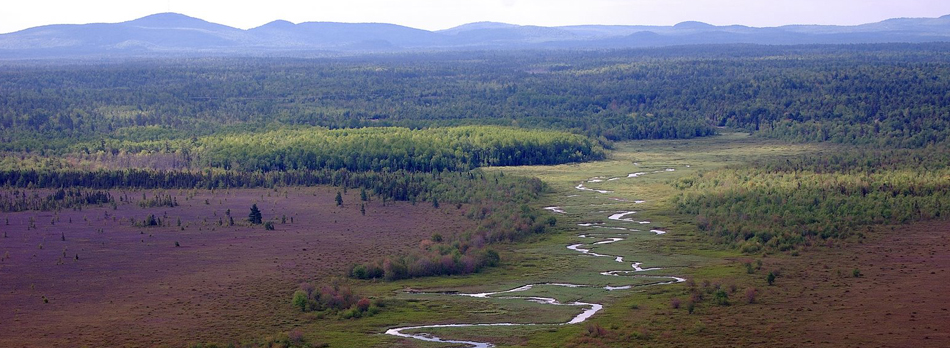
They were mussels. Beautiful bivalves. Thousands of them! Eureka! Free meat! I was so excited. I grabbed dozens, stuffing them in my abundantly pocketed Malone herringbone wool pants and climbed back onto the esker ridge, a gravel track left by retreating glaciers that covered all of Maine. It was where our cabin stood, safe from the high melt waters spring would bring to Sunkhaze Stream.
I shook the snow off my wool, stomped my boots off and began to unload beautiful bounty onto the kitchen table in front of my new bride.
At least I received a smile. How could my young bride not grant me that? Intrepid provider and gatherer as I? And then: “So just what do you plan on doing with those?”
Now, dear reader, you must realize something about our respective dietary desires. My cravings were mostly focused on the lust of meat in that time of twenty-something-ness. I was still building bone and muscle, and certainly some intellect (I needed all I could get) in my late maturing maleness of early 20s. On the other hand, Caryl felt that occasional meat was sufficient toward her well-being. She was indeed ecstatic at the game our bush friends had provided for us, but this, this, clearly pushed her protein envelope.
I’m not sure she thought it was food. For otters, maybe. But humans?
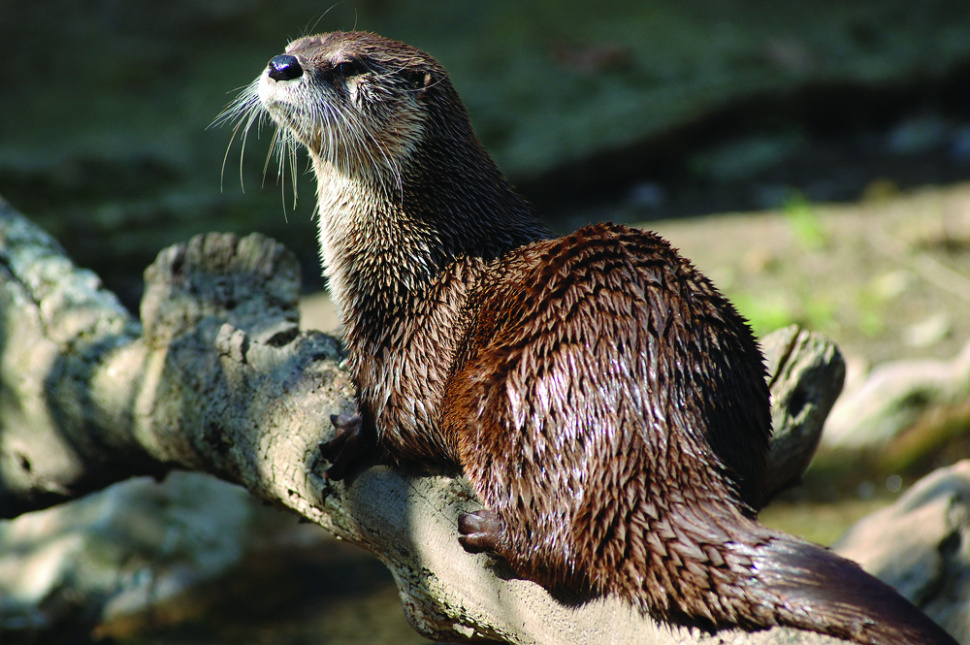
Nevertheless, we cooked them. We boiled them. We fried them. We steamed them. And still, we ended up with not only shoe-leather, but old shoe leather. Like the kind you find buried in the garage, where you took them off wet, a year ago perhaps after that marauding through the mud last March, when you put them by the heater and forgot about them. A sort of shoe fossil they had become. Like rock, but just a tad pliable, but never to yield to foot again.
And so, it was with the mussels. Largely inedible. Flavorless. And way exceeding what my friend, author Mark Schatzker had defined as too chewy in the status of steak: “You feel like you want to swallow, but you can’t.” You are still chewing. In fact, I think I still would be chewing on some of those mussels today, had I still had them in my mouth, now 35 years later.
So, long story now short, at a camp along the Salmon River this past October in moonlit cottonwoods: there would be no Salmon River pearlshells on the menu tonight!
We will let them live from 100 years, to a moderately aged 110, and beyond. I would leave them in their birthplace, amongst the schists, gneisses, and granites of the riverbed cobble. And hope that a passing trout, salmon, or steelhead would carry their innocuous offspring passengers to another lovely bed to live out their days in hopefully pure waters.
Only the otters will live and apparently appreciate those luxuries of enjoying fresh pearlshells on the half shell.
And I will rest, knowing that they are there. And the waters we graze along, at least for our part, will be cared for as long as we are allowed the privilege to steward the lands that rise thousands of feet above them.
Happy Trails.
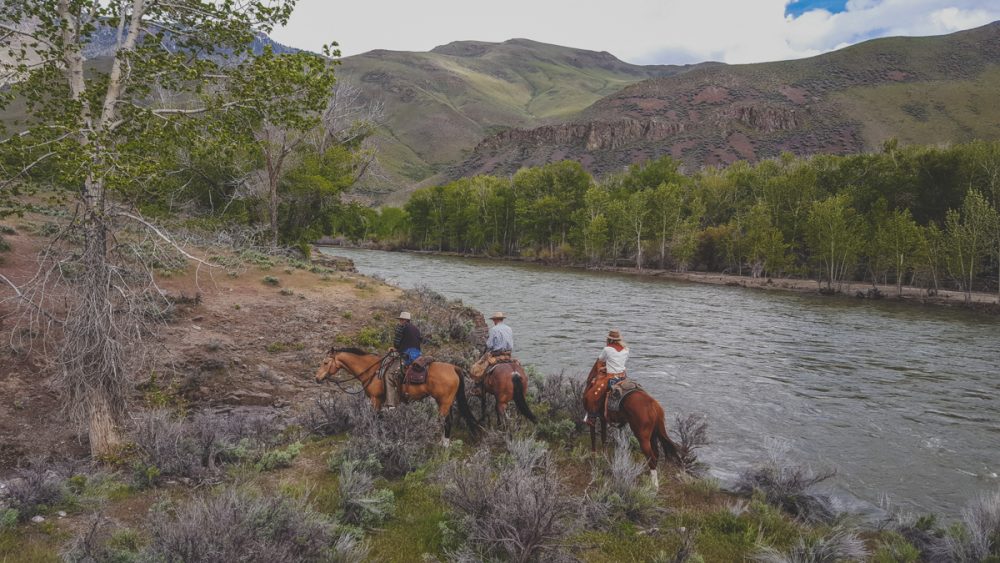


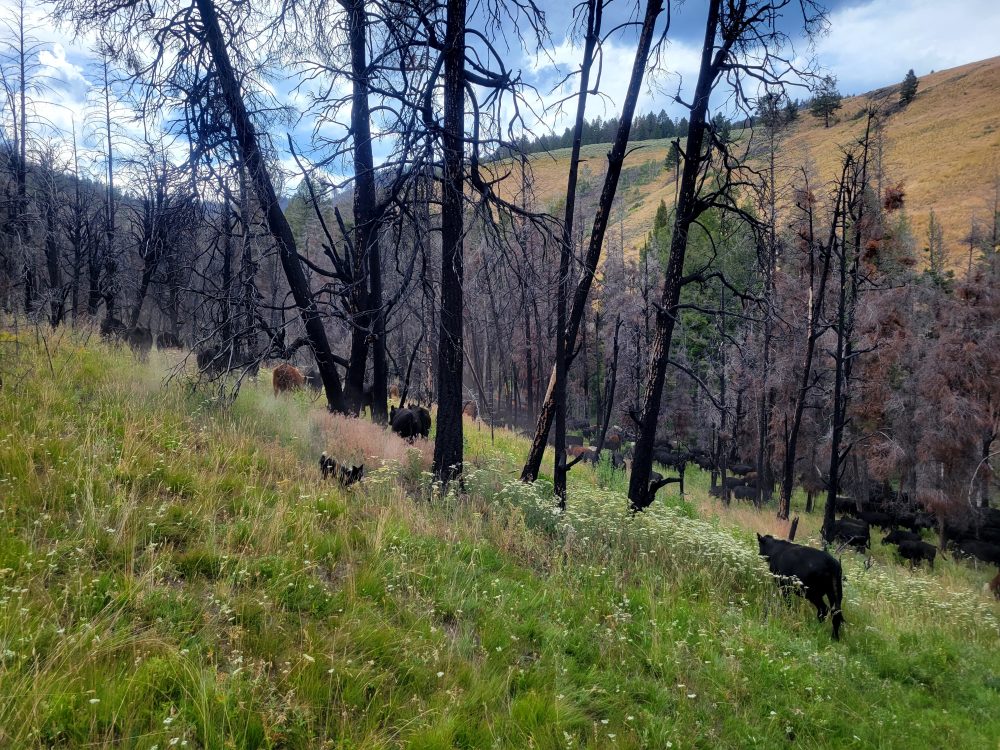
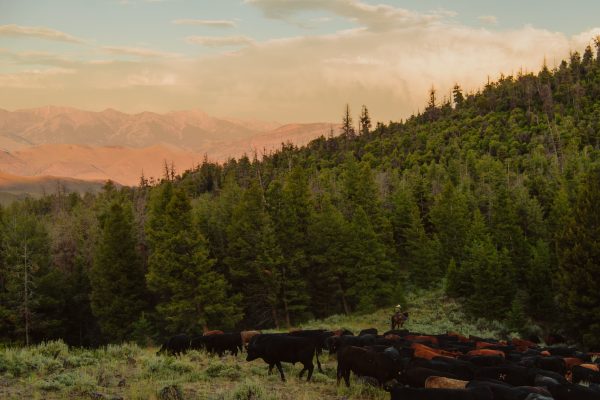


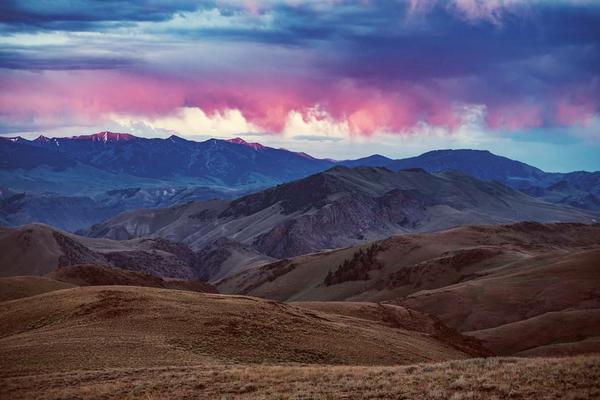
Nicole Masters
Love your insightful storytelling Glenn… when’s that book coming out?
Leo Younger
Thanks for warning us about the inedibility of Salmon River pearl shells. However, because otters evidently find them edible, would passing the shellfish meat twice through a meat grinder, followed by low and slow cooking in water help? Maybe enough beef fat would make swallowing of the ground bits of bivalve muscle possible? The Korean style spareribs yield extra fat which is now frozen and refrigerated to eat with leaner cuts.